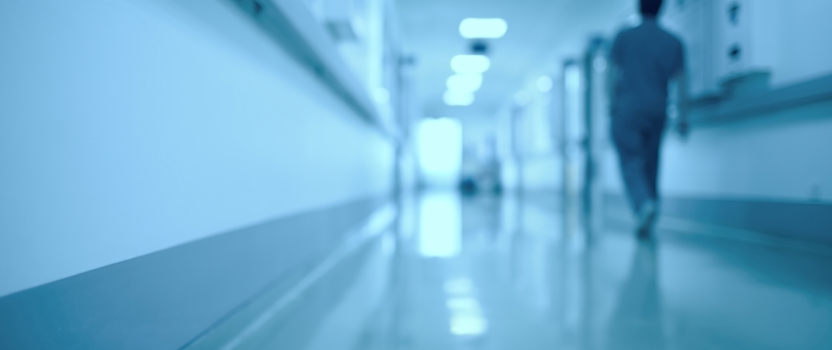As if “routine” healthcare operations aren’t challenging enough – operating a major health system during a potential global pandemic like we’re seeing now with COVID-19 – is even more difficult. Organizations have to consider dozens of critical functions, including communicating with staff and key stakeholders, surge planning and preparedness, implementing screening criteria and policies, sourcing and maintaining adequate supplies for treatment, responding to media inquiries, and much, much more.
So, how are hospitals responding around the country to the world’s latest fears of a COVID-19 outbreak? Here are a few ways many organizations are preparing for the potential for widespread coronavirus activity.
Implementing Screening Protocols: During a potential outbreak such as flu or coronavirus, hospitals are required to screen patients at all portals of entry to help reduce the spread – this is done with a simple questionnaire at check-in. The Centers for Disease Control & Prevention (CDC) recently updated their screening questions (as of February 28) for COVID-19, which will require a change in protocol for healthcare organizations. Staying abreast of these changes and ensuring staff are well-informed is an important part of preparing for COVID-19.
Stocking up on Protective Gear: Personal protective equipment (PPE) for healthcare workers is critical in the event of an outbreak. Hospitals are scurrying to ensure they have adequate inventory of N-95 masks, gowns, gloves, cleaning supplies and hand gel to keep patients and staff safe. According to a recent NPR article, it can take up to 22 full sets of PPE per shift to care for just one patient. Since some items may be sourced internationally, procurement and sourcing teams may have to look for alternate suppliers – adding another layer of complexity to the sourcing process. Hospitals are also finding that units and/or staff may be hoarding supplies, which can make it difficult to keep tabs on inventory levels across the organization. Maintaining adequate PPE is most likely a challenge all health systems are working through as we prepare for more widespread COVID-19 activity – particularly since we’re also in the middle of a very active flu season.
Keeping the Lines of Communication Open: In any potential outbreak or pandemic situation, communication with employees, providers, patients and the community at large are critical. Most organizations are finding the need to communicate with providers and staff at least weekly with news and updates on COVID-19 – whether it’s reminding them of infection prevention protocols, helping them communicate with patients/families – or responding to rumors about potential COVID-19 patients. Savvy organizations have set up patient information and resources areas on their web site to share the latest news, as well as remaining active on social media, using their electronic patient portal, etc. – since consumers will always look to their local hospital for accurate and up-to-date information about a potential outbreak.
Participating in Surge Planning & Drills: Hospitals’ open bed capacity changes from day to day based on normal fluctuations in patient volume. In the event of a widespread COVID-19 – particularly during flu season, hospitals will struggle with where to put patients and how to maintain effective operations when volumes surge. Since COVID-19 is a highly contagious respiratory illness, patients should be placed in isolation rooms when/if possible, so many organizations are planning how they’ll manage isolation room capacity if they receive an influx of patients. Most hospitals do surge planning and preparatory drills throughout the year for disaster planning, but some are choosing to take the opportunity now to host drills and planning sessions in advance of widespread COVID-19 activity.
Regardless of what happens with COVID-19 this season, hospitals are always working to stay prepared for disasters, outbreaks and emergency situations. Disaster preparedness teams, infection prevention and control departments and hospital operations teams are working together year-round to ensure smooth operations – even during the most challenging of times.
Did you know that accurate and timely medical coding can help healthcare organizations keep an eye on trends, such as respiratory illness and symptoms related to conditions such as COVID-19 and flu? GeBBS Healthcare Solutions offers a wide range of outsourced medical coding and billing solutions. To learn more, visit gebbs.com






